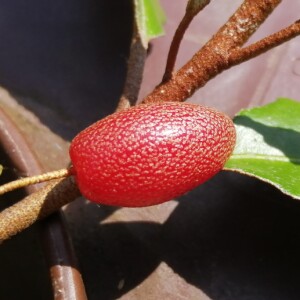Invasions
The Canal du Midi crosses southern France from the Mediterranean to the river Garonne (and a canal parallel to the river), near Toulouse. It was built to make it possible to navigate all the way to the Bay of Biscay without the sea voyage around the Iberian peninsula. This was built not at the height of the industrial revolution, but much earlier, almost at the same time as the Palace of Versailles, in the last third of the seventeenth century, while England was still licking its Civil War wounds under the reign of Charles II
In its way, the Canal is a technical and imaginative achievement as stunning as the Palace, and it has the justified status of World Heritage Site. We have been lucky enough to travel along some of it in a barge, under the dappled light created by the iconic plane trees that line both its banks. However, in yet another instance of an exotic disease killing trees, these are now being wiped out by a fungal infection that has spread north from Marseilles, having been introduced from infected timber pallets during WWII. Continued spread across all of France looks very likely
It was while on the Canal that we saw some beehives beside a lock. Hovering in front of them were insects that were obviously not bees. In fact they were yet another invasive species - the Asian hornet (Vespa velutina), that has spread and thrived across most of France and Spain. It is a voracious predator of other insects, including bees, wasps and butterflies, which it is manoeuvrable and fast enough to 'hawk' while in flight. It hovers in front of hives to catch the bees as they come and go, killing many and inhibiting the others from flying. Watching them lurk malevolently outside the hives was a sombre experience
So far, it has not become established in UK, but there have been a number of sightings in the last few years, and beekeepers are particularly anxious. Everyone is asked to look out for Asian hornets and report any sightings. There is a neat little app called 'Asian Hornet Watch' that assists with identification and reporting, including photos
This picture is not an Asian hornet, it is the native European hornet (Vespa crabro), visiting our Cotoneaster this morning. These are fearsome-looking, but actually quite gentle, insects - they may take a few bees, but are not voracious hunters like their Asian cousins, despite being significantly bigger. Nor are they aggressive towards people
If you see a hornet, the easiest distinguishing feature is the very yellow head and antennae of the European, whereas the Asian ones are orange or brown
The extra is a berry, also from the garden. I need to try and work out what this evergreen shrub is and why it is carrying berries in the spring. I was just taken by the colour and texture


Comments
Sign in or get an account to comment.


